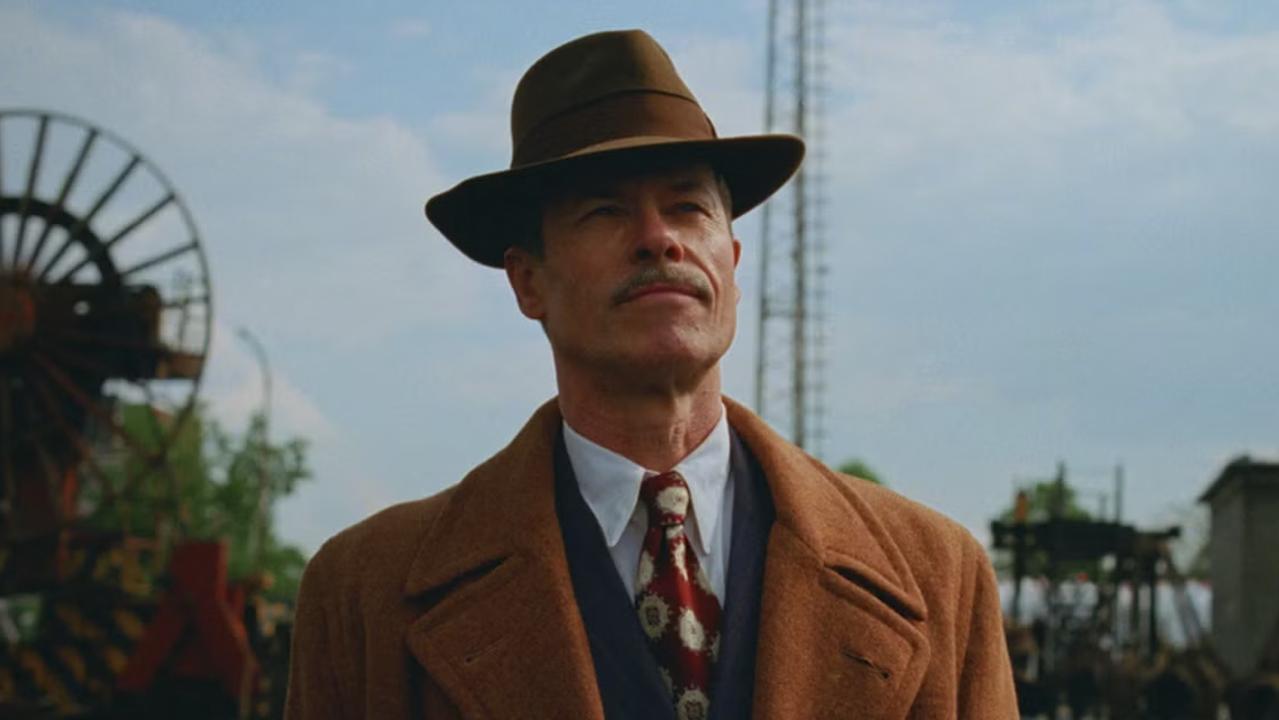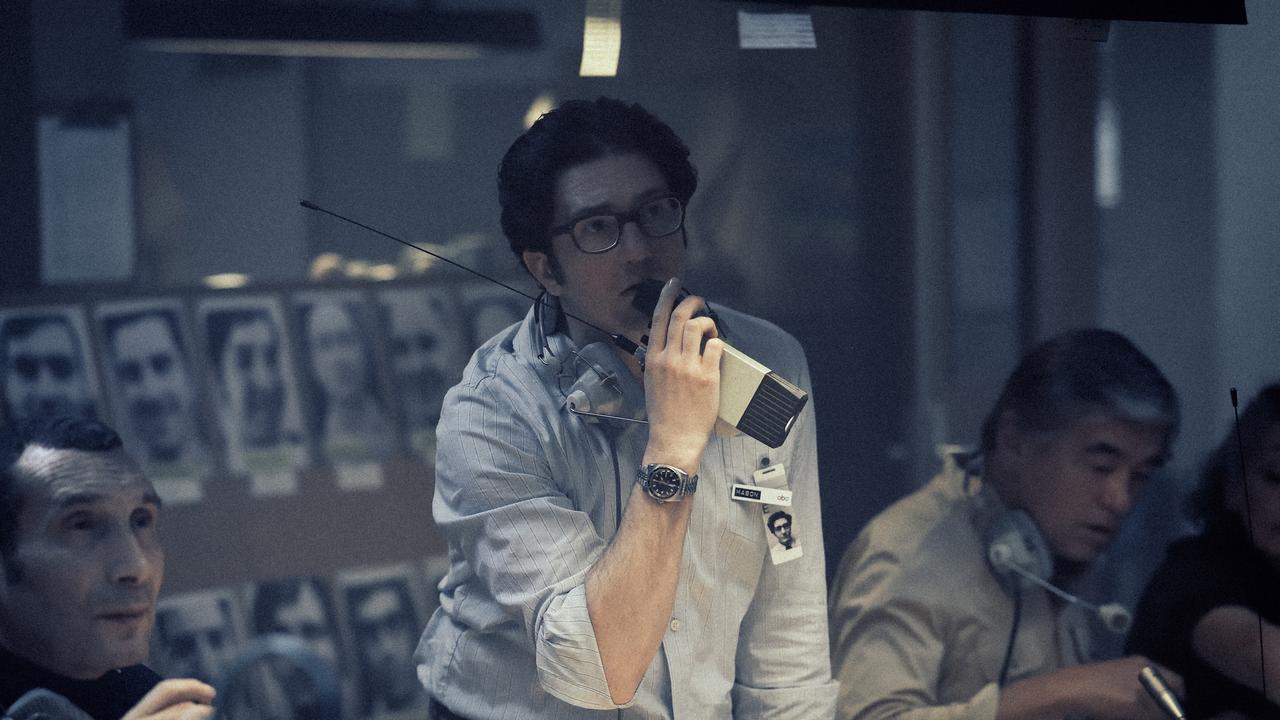Bologna’s Il Cinema Ritrovato festival gives classics new life
Bologna’s film festival concentrates on the past, offering several surprises among old favourites.

Almost every day of the year a film festival is taking place somewhere in the world. The major events — Cannes, Venice, Berlin — screen world premieres and pride themselves in discovering new talent, while festivals such as Melbourne, Sydney or Adelaide are content with screening Australian premieres wherever possible.
Most festivals include a retrospective dedicated to some important director, or actor, of the past, but for the professional film critic, committed to covering the wealth of new films on offer, delving into the cinema’s past is something there is rarely the time or the opportunity in which to indulge.
Il Cinema Ritrovato (literally “The Cinema Returned”), a festival that takes place in the beautiful Italian city of Bologna in June and July, is dedicated to the cinema of the past. Now in its 29th year, the festival attracts film archivists, teachers and lecturers — and dedicated film buffs — from all over the world. Screening in six venues, including the city’s main piazza for late-evening projection, the festival attracts capacity audiences of cinephiles eager to discover, or re-discover, gems from the cinema’s rich past.
There were 15 strands to this year’s event, each curated by a specialist in the field in question. One of the most popular strands involved the films of Hollywood veteran Leo McCarey, whose Laurel and Hardy two-reelers are as funny today as ever they were. One of McCarey’s early talkies, Part Time Wife (1930), unseen for many years, provided an essential link between those slapstick short films and the director’s subsequent sophisticated work, such as The Awful Truth (1937) and An Affair to Remember (1957), both with Cary Grant. A businessman (Edmund Lowe) is too busy to pay attention to his wife (Leila Hyams), who leaves him, and the film depicts with wry amusement his attempts to get her back.
Another strand dealt with early colour films made in Japan. The first colour film made in that country was in 1951, and by 1954 filmgoers around the world were marvelling at the creative use of colour in films such as Gate of Hell. This strand showed some of the lesser-known Japanese colour films of the early 1950s, including the enjoyably melodramatic The Golden Demon and the breezy teenage musical So Bright So Young (both 1954).
At about the same time, cinema in the Soviet Union was undergoing a change following the death of Stalin, and films from this period were screened in the section known as Soviet Thaw. Those that I saw in this section were, unfortunately, rather stodgy including The Return of Vasili Bortnikov (1953), the final film of VI Pudovkin who, with Sergei Eisenstein, had been one of the great pioneers of silent cinema. Bortnikov, filmed in colour, starts promisingly with a scene in which the eponymous hero returns from the war to discover his wife, who thought he was dead, was living with another man. But this intriguing set-up soon gives way to turgid scenes set on a collective farm with all the cliches involving women operating combine harvesters for the glory of communism.
The Technicolor company itself was the subject of another strand in which some of the finest examples of films using this process were screened. Here we were on pretty familiar ground, with revivals of classics such as The Wizard of Oz, On the Town, Kiss Me Kate (screened in 3-D), All That Heaven Allows, Vertigo and 2001: A Space Odyssey.
Italian director Renato Castellani, who began his career in 1942 with A Pistol Shot, an accomplished adaptation of a Pushkin story, was famous for his films about youth of which Dreams in the Drawer (1957) is one of the best. The version screened had two endings to this story of a young couple struggling to make a home for themselves: in the first, the wife (Lea Massari) dies in childbirth, and in the second she survives to prosper with her young doctor husband. The positive ending was generally more appreciated than the director’s favoured pessimism.
The posters for the festival, plastered all over the city, featured the young Ingrid Bergman. Her early films, made in Sweden and Germany, formed another strand, with her most famous Hollywood film, Casablanca, screened in the piazza to a huge and appreciative audience. Her daughter, Isabella Rossellini, was the festival’s guest of honour.
One of the most interesting strands looked at Iranian cinema before the Islamic revolution. One of these films, Darius Mehrjui’s outstanding The Cow (1968), screened at Australian film festivals at the time, but the main discovery was Farrokh Ghaffari’s Night of the Hunchback (1965), a very funny black comedy along the lines of Alfred Hitchcock’s The Trouble with Harry, in which the corpse of an entertainer, who has choked to death, is dumped in the doorway of a hairdresser involved in shady black marketeering.
The hairdresser and his gormless assistant (played by the writer-director) attempt to dump the body on the property of neighbours having a very noisy party (with the music of Ray Charles dominant) while another villain, a woman this time, who has entrusted to the dead man a list of names that, if it fell into the wrong hands, could expose her corruption, is trying to retrieve the corpse. Ghaffari sustains this joke very successfully and mocks the upper-class Iranians of the period.
Films of 100 years ago also featured, notably a new restoration of a 1915 Italian classic, Assunta Spina, in which stage actress Francesca Bertini gives a remarkably subtle performance as a woman who takes the blame for her lover’s murder of a rival.
Other newly restored films from later periods included a beautiful copy of the celebrated German silent Variety (1925), by EA Dupont, in which Emil Jannings is extraordinary as the trapeze artist whose mistress deceived him.
New restorations of The Third Man, Bunny Lake is Missing and Rocco and his Brothers also featured but the great discovery among these restored films was Woman on the Run (1950), an unjustly forgotten film noir directed on location in San Francisco by Norman Foster. Ann Sheridan is superb as the wife whose husband witnesses a gangland murder and goes into hiding for fear of his life, while Dennis O’Keefe is also fine as a tabloid newspaperman who latches on to the wife. The film has a surprise twist that even this jaded filmgoer failed to spot in advance and is in every way a superior example of the Hollywood thriller of the period.
Discoveries such as this make the Bologna festival a very special event.



